Today I visited my local state park, Green Lakes. It’s a gorgeous site with a lake, beach, hiking trails, campground, an environmental education center, and more.
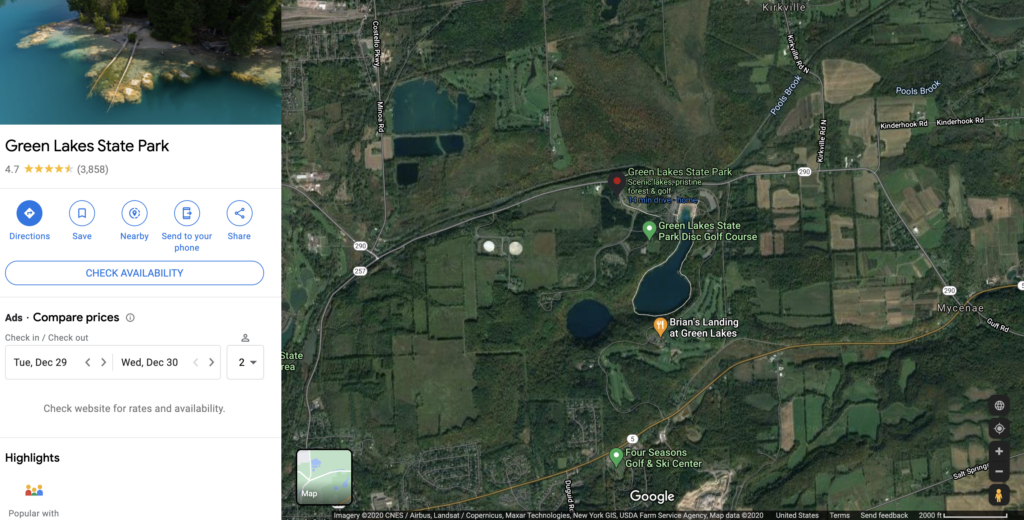
Green Lake and Round Lake were carved by meltwater from glaciers in the last ice age. The water flowed over large ancient waterfalls and over time the limestone bedrock eroded away creating the large pools that the lakes now fill today. The lakes are much deeper than other lakes their size, and they are two of around 30 known meromictic lakes in the world. Meromictic lakes do not mix, so the beautiful blue-green water stays clear year round.
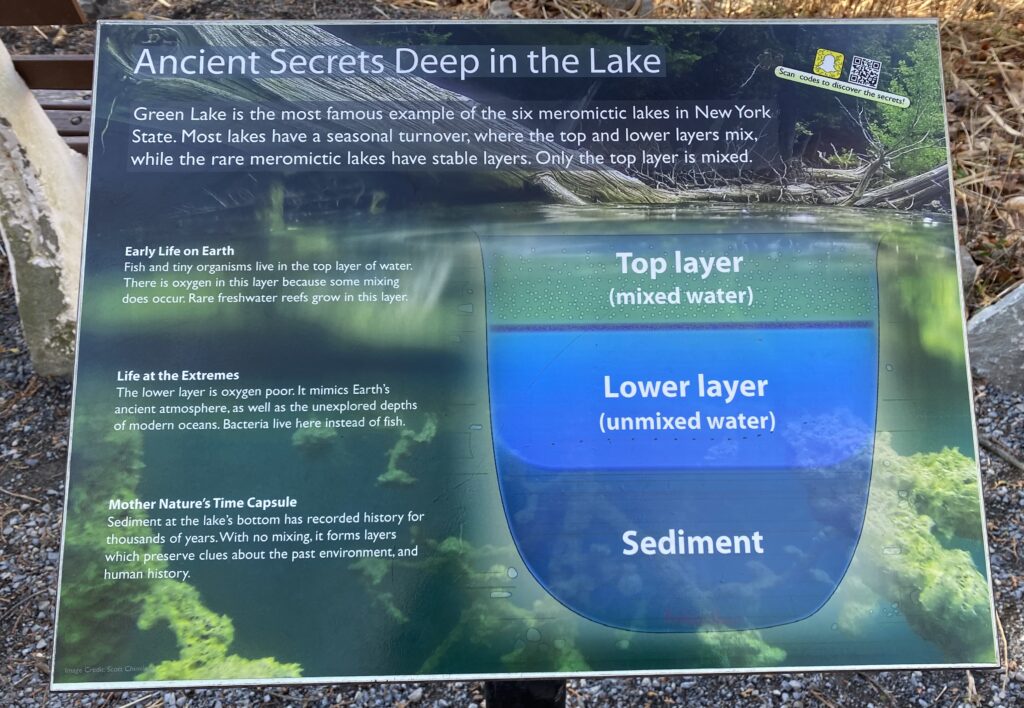
One of my favorite areas in the park is Dead Man’s Point. It’s home to a rare freshwater reef. The reef is a fragile ecosystem, and it sheds light on what Earth was like many years ago.
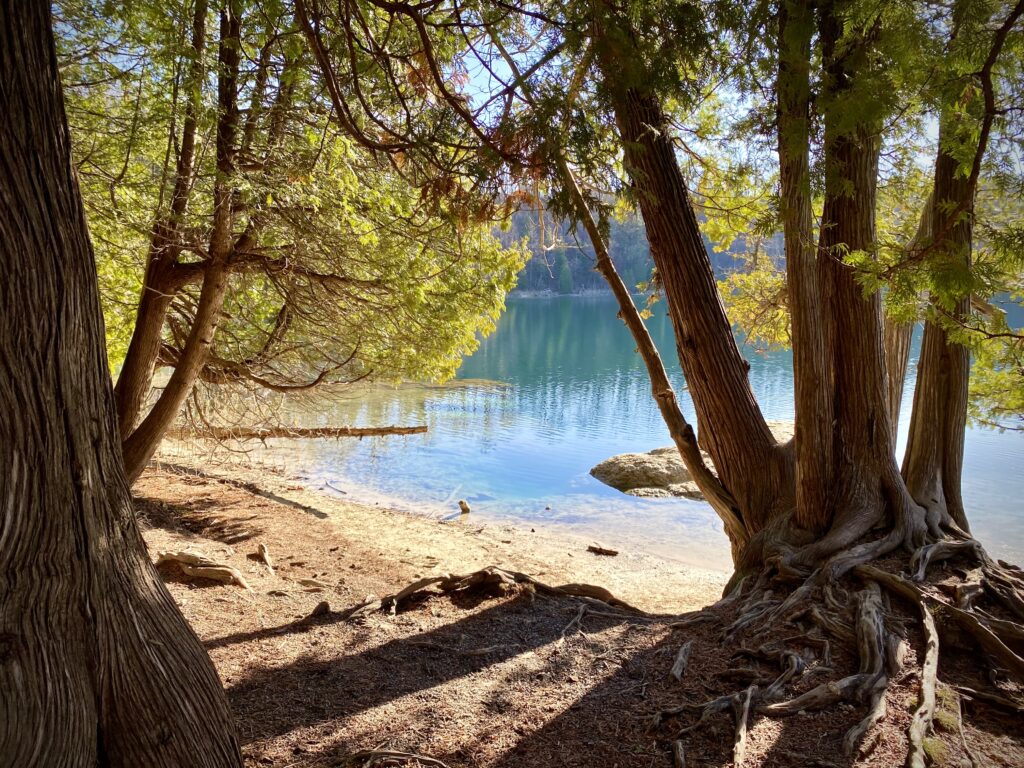
The ecology and phenology of Green Lakes is somewhat different from my place in Centennial Woods. The shore along the lake is dominated by Northern white cedars. Green ash, Red maple, Sugar maple, and Paper birch are also prominent species along the path and in the woods. The dominance of the Northern white cedar reminds me of another place in Burlington called Rock Point. However, I can see some similarities between Green Lakes and Centennial Woods with the other prominent species like the Green ash, Red maple, Sugar maple and Paper birch. The soils in Green Lakes are clay soils, while Centennial Woods’ soils are sandy and thin. In addition, Green Lakes has more basic soils, while Centennial Woods has more acidic soils. Similarly to Centennial Woods, some of the land in the park was used for agriculture years ago, and remnants of that land use history can still be seen today. However, in contrast to Centennial Woods’ younger forest due to its land use history, Green Lakes has more mature forests that were not as impacted by human land use as Centennial Woods was. Both natural areas have been affected by erosion. In Centennial Woods, there were many downed trees, especially near the brook. In Green Lakes, the hills on the sides of the path are very steep, so over time, the roots of the trees lining the path have become visible and erosion is prominent. The phenology of both sites are quite similar. In the fall, the sites have beautiful fall colors, and in the winter the deciduous trees in the sites have lost their leaves. The rotted and downed trees in both of the sites are home to small creatures and insects. Birds can be heard chirping throughout the sites during the year. Even though there are some differences between Green Lakes and Centennial Woods, I think that both places are great examples of how the natural landscape and human land use can change over time.
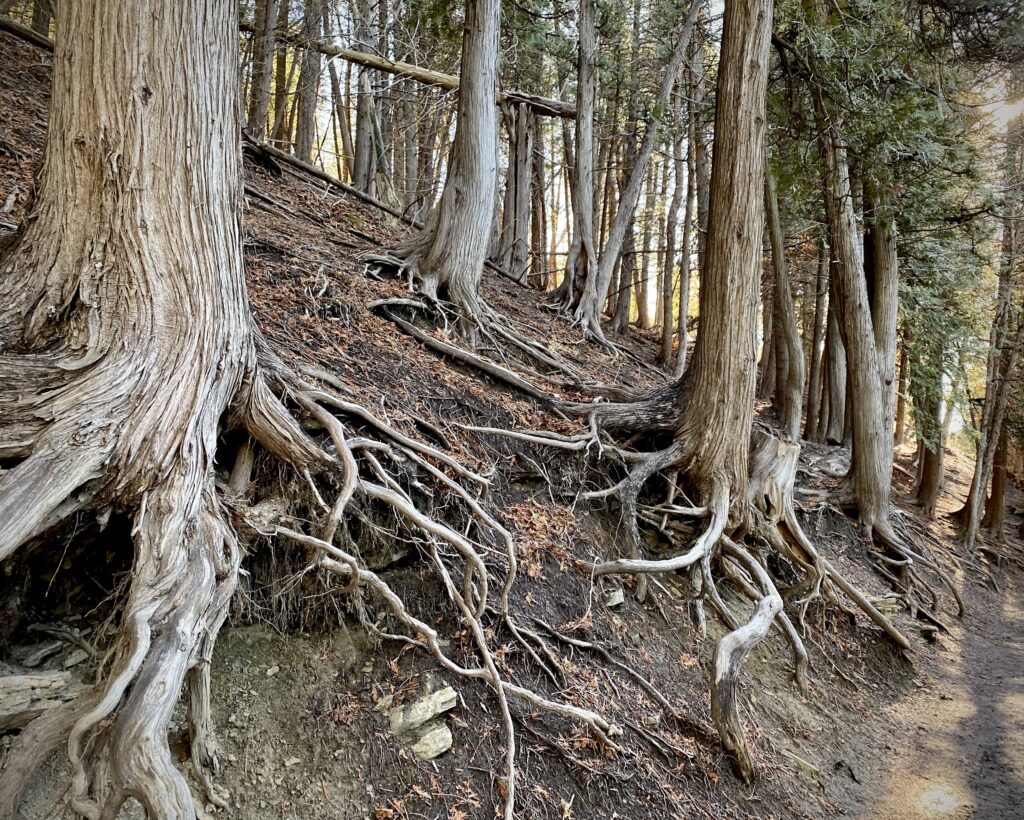
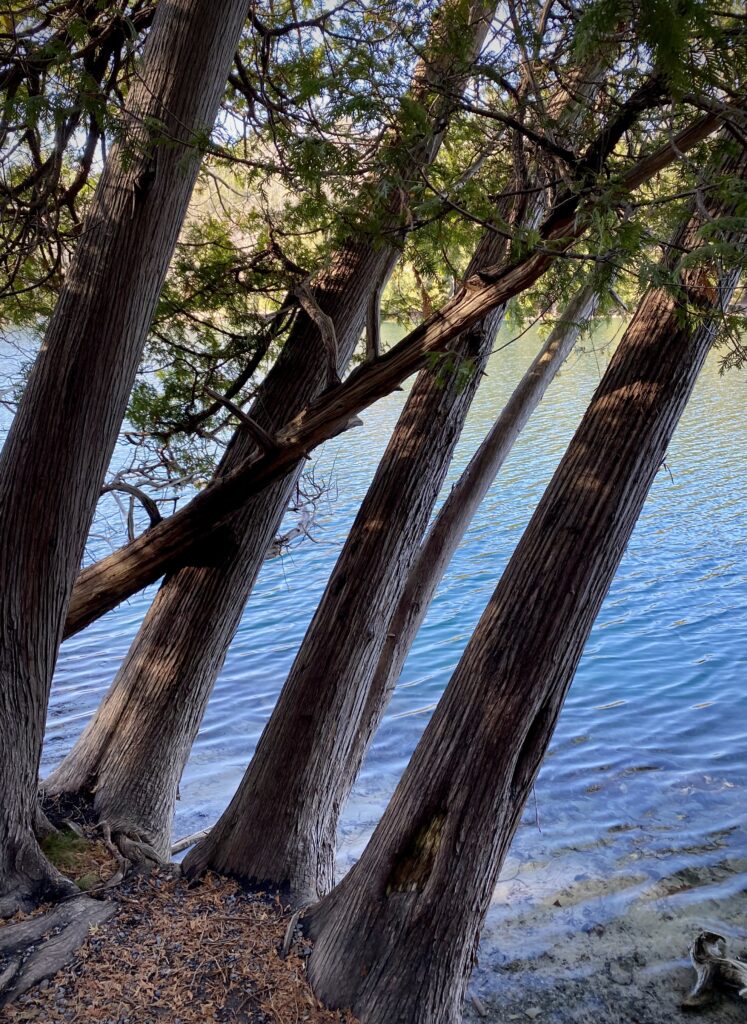
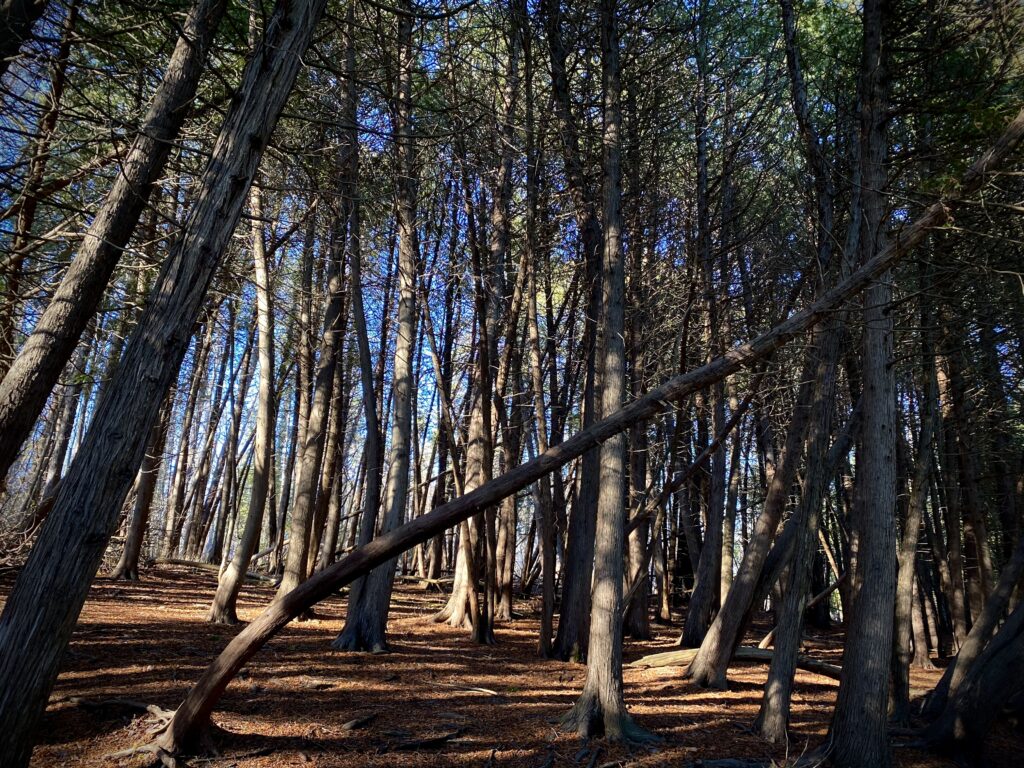
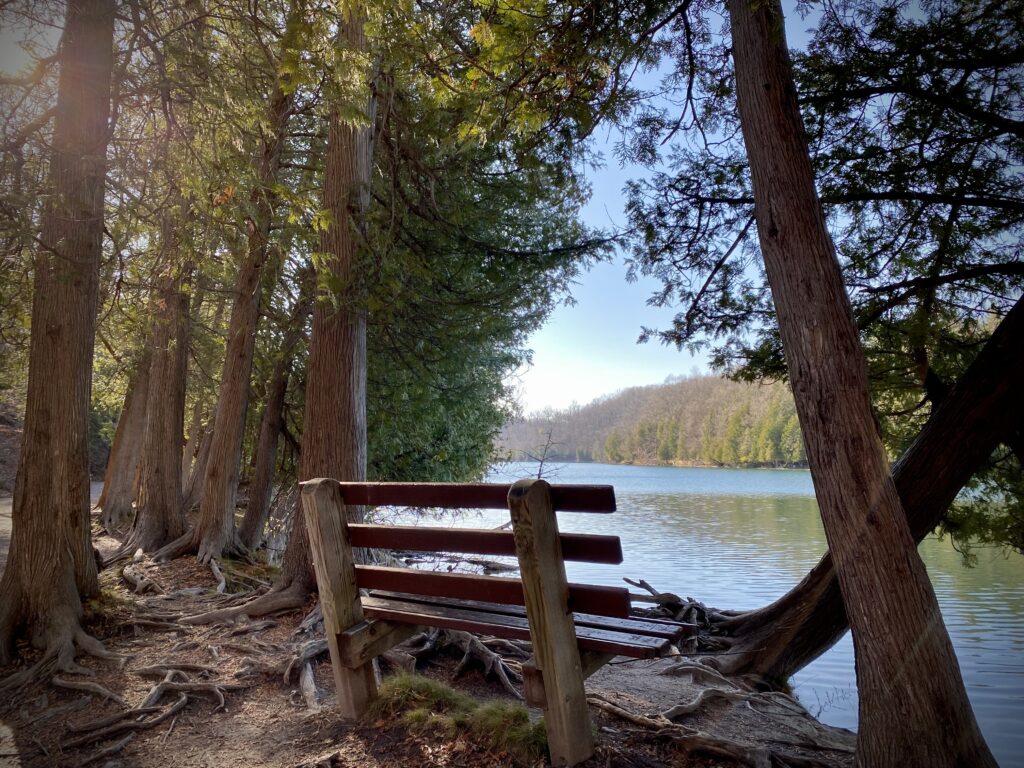
Green Lakes is such a unique natural area, and I hope that it can continue to be preserved for future generations to enjoy.
